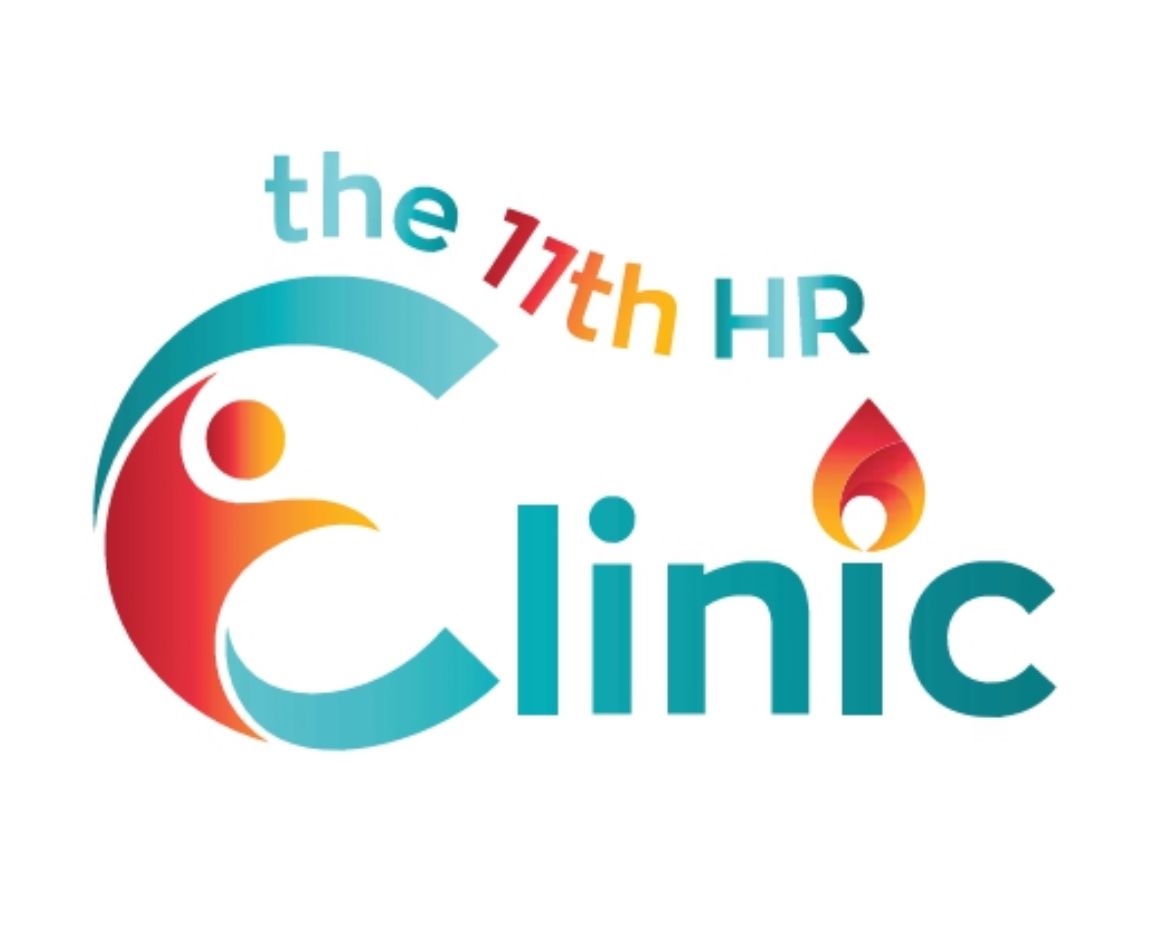Standing Tall Together: Workplace Connection and Resilience in Times of Change
What sunflowers can teach us about thriving at work: it's not a solo act
When you picture resilience, what comes to mind? For many people, it’s about toughness and the lone individual weathering the storm. But research shows that real resilience is rarely a solo act. It’s cultivated through relationships, shared experiences, and the environments we create around ourselves. Think of a field of sunflowers. They don’t just grow tall because of their own strength they thrive as a community, turning toward the same light. In the workplace, resilience works the same way: individuals and teams flourish when they are supported, connected, and able to face challenges together.
Connection as the foundation of resilience
Social connection is one of the strongest predictors of resilience and wellbeing at work. Employees who feel supported by peers and managers are not only less likely to burn out, they are also more adaptable and better equipped to recover after setbacks (Ozbay et al., 2007; Southwick et al., 2016; Shoss et al., 2018). It’s not just a “feel-good” concept. Supportive workplace relationships buffer the physiological stress response, reducing the toll of chronic stress on the brain and body (Cohen & Wills, 1985; Uchino, 2006). Simply put, connection is protective.
The myth of individual grit
Many workplaces celebrate “grit” as the hallmark of resilience. But relying solely on individual coping without support can backfire. Studies show that employees who attempt to shoulder stress alone often experience worse mental health outcomes and reduced performance (Bonanno, 2004; Fletcher & Sarkar, 2013). Like sunflowers that grow in fields rather than alone, humans thrive when they have others to lean on. Connection isn’t a luxury, it’s a necessity for sustainable resilience.
Resilience is cultural, not just personal
Resilience isn’t only about what an individual can do, it’s about the culture of the team and organisation. Workplaces that emphasise collaboration, psychological safety, and shared values create a collective resource of resilience (Edmondson, 1999; Kuntz et al., 2017). Teams with strong social bonds recover faster from challenges, adapt more readily to change, and show higher creativity and innovation (Meneghel et al., 2016). Leaders play a critical role in this process. By modelling openness, empathy, and connection, they help teams “turn toward the light” together, rather than leaving individuals to navigate stress alone.
Practical ways to plant the seeds of resilience
Here are evidence-based ways organisations and individuals can cultivate resilience:
- Foster belonging: Encourage rituals, shared goals, and recognition that make people feel valued.
- Normalise vulnerability: Leaders modelling openness about challenges helps reduce stigma.
- Create psychological safety: Ensure it’s safe to speak up, ask questions, and offer feedback without fear of blame.
- Prioritise connection: Protect time for team check-ins and relationship-building, not just task updates.
- Support individual growth: Provide counselling, coaching, and skill-building opportunities to strengthen personal resilience.
Turning toward the light
Just as sunflowers orient themselves toward the sun, resilient workplaces orient toward connection. By standing tall together, teams can face challenges with strength, adaptability, and hope. Resilience isn’t a solo journey. It’s a shared one, where individuals and organisations grow stronger together.
How we can help
At the 11th hour clinic, we know resilience grows best when it’s supported at every level. Like a field of sunflowers, individuals flourish when they’re nurtured and workplaces thrive when leaders create the right conditions. Whether you’re an employee looking to strengthen your own coping strategies, or an organisation wanting to build a culture of connection and resilience, we can help. Reach out today to explore our counselling, coaching, and workplace programs designed to help people and teams stand tall together.
References
Bonanno, G. A. (2004). Loss, trauma, and human resilience. American Psychologist, 59(1), 20–28.
Cohen, S., & Wills, T. A. (1985). Stress, social support, and the buffering hypothesis. Psychological Bulletin, 98(2), 310–357.
Edmondson, A. (1999). Psychological safety and learning behavior in work teams. Administrative Science Quarterly, 44(2), 350–383.
Fletcher, D., & Sarkar, M. (2013). Psychological resilience. European Psychologist, 18(1), 12–23.
Kuntz, J. C., Malinen, S., & Näswall, K. (2017). Employee resilience. Industrial and Organizational Psychology, 10(3), 452–456.
Meneghel, I., Martínez, I. M., & Salanova, M. (2016). Team resilience. Journal of Occupational Health Psychology, 21(2), 193–203.
Ozbay, F., et al. (2007). Social support and resilience to stress. Psychiatry, 4(5), 35–40.
Shoss, M. K., et al. (2018). Resilience at work. Journal of Organizational Behavior, 39(6), 793–805.
Southwick, S. M., et al. (2016). Resilience definitions, theory, and challenges. European Journal of Psychotraumatology, 7(1), 293–305.
Uchino, B. N. (2006). Social support and health. Journal of Behavioral Medicine, 29(4), 377–387.



